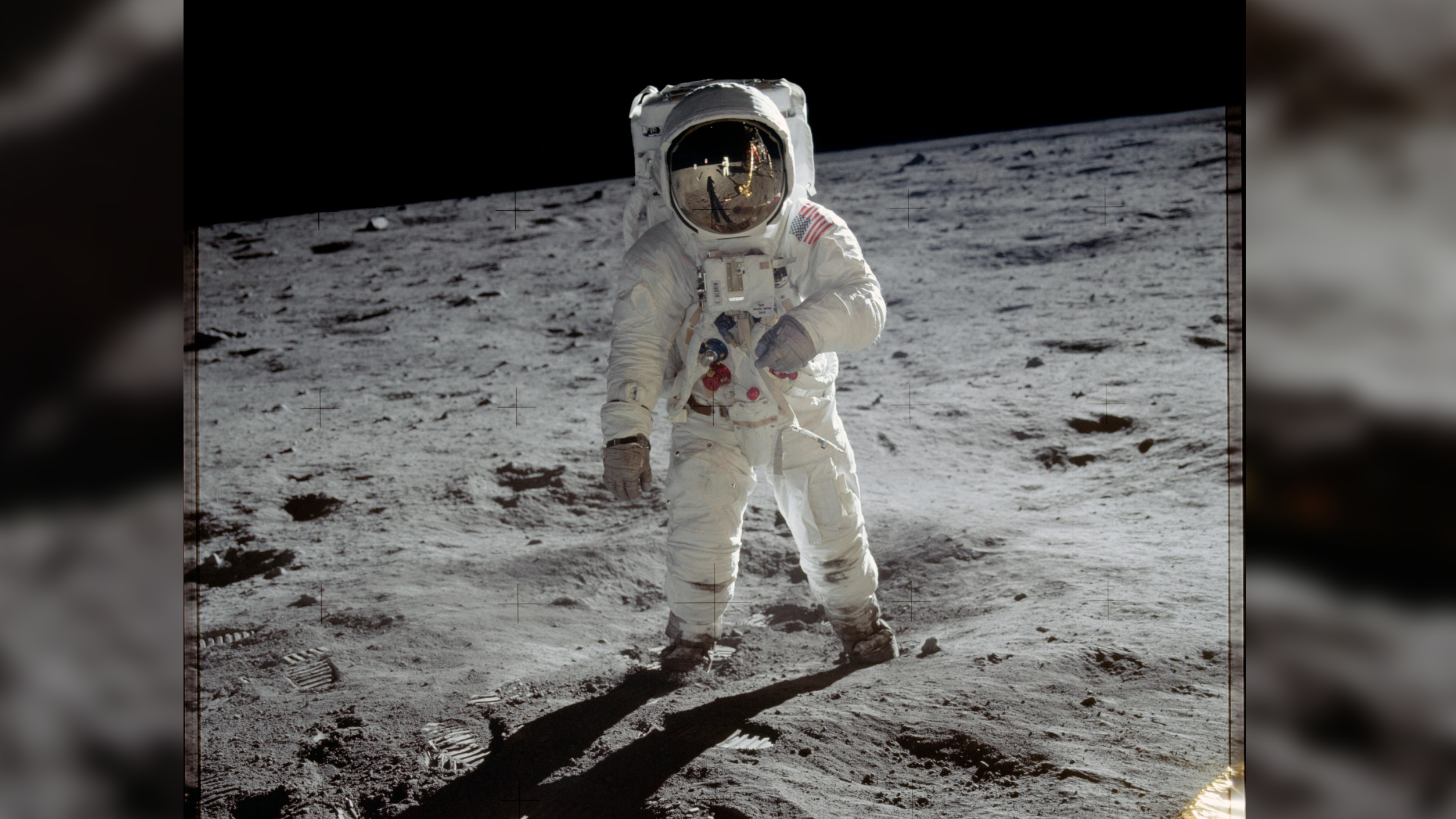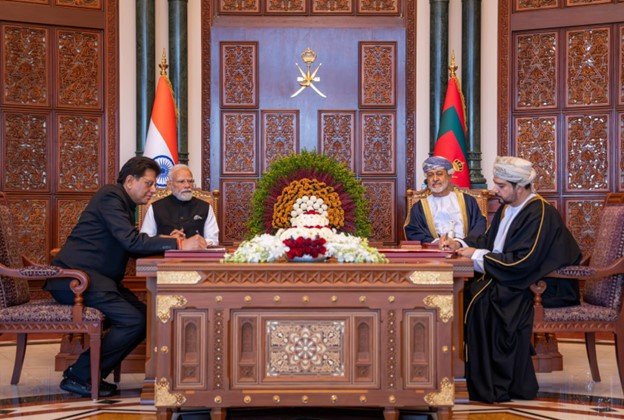And Apollo 11 astronaut, Commander Neil Armstrong, uttered those epoch-making words to Mission Control on earth at Houston, USA, heard around the world: “A single step for man; a giant leap for mankind”.
Ordinary days slip away swiftly and quietly, lost forever in the abyss of Time. But some days don’t die. They become extraordinary milestones in Time across the universe, a tribute to Man’s intrepid and unending odyssey across mysteries, discoveries, frontiers – always seeking something more.
One such day just came by on July 20. It commemorates International Moon Day, the historic anniversary of July 20, 1969, when humans first set foot on the lunar surface, the single greatest technological achievement of all time. And Apollo 11 astronaut, Commander Neil Armstrong, uttered those epoch-making words to Mission Control on earth at Houston, USA, heard around the world: “A single step for man; a giant leap for mankind”.
Six hours after landing, Commander Neil Armstrong stepped onto the lunar surface on 21 July at 2:56 AM. The moment was broadcast live.
Lunar module pilot Buzz Aldrin followed Armstrong 19 minutes later and the duo spent about two and a quarter hours outside the spacecraft. They collected 21.5 kg of lunar material to bring back to Earth.
Another person involved in the important mission was Command module pilot Michael Collins, who had flown the Command Module Columbia alone in lunar orbit while he waited for the other two.
In Lucknow, too, the American Centre and Library situated just behind the UP Press Club in the China Bazar locality, held a grand exposition, with free entry for all visitors.
Armstrong and Aldrin had spent around 21 hours on the lunar surface at a site called Tranquility Base before they lifted off to rejoin Collins in the command module Columbia. The trio then came back to Earth and landed in the Pacific Ocean on 24 July after more than eight days in space.
The US spared no effort to highlight this historic achievement to the fullest. At US missions, consulates, embassies and American centres or libraries around the world, Lunar rock sample were put on display for public viewing.
In Lucknow, too, the American Centre and Library situated just behind the UP Press Club in the China Bazar locality, held a grand exposition, with free entry for all visitors.
As a grade 10 student, I went along with a couple of my friends to be a part of history in the making. It was a breath-taking and surreal moment indeed, to say the least.
When did the UN first recognise it? The General Assembly had officially declared International Moon Day, a United Nations-designated day to be marked every year on 20 July, in its resolution 76/76 on ‘International cooperation in the peaceful uses of outer space’ in 2021.
******************************************************
Readers
These are extraordinary times. All of us have to rely on high-impact, trustworthy journalism. And this is especially true of the Indian Diaspora. Members of the Indian community overseas cannot be fed with inaccurate news.
Pravasi Samwad is a venture that has no shareholders. It is the result of an impassioned initiative of a handful of Indian journalists spread around the world. We have taken the small step forward with the pledge to provide news with accuracy, free from political and commercial influence. Our aim is to keep you, our readers, informed about developments at ‘home’ and across the world that affect you.
Please help us to keep our journalism independent and free.
In these difficult times, to run a news website requires finances. While every contribution, big or small, will makes a difference, we request our readers to put us in touch with advertisers worldwide. It will be a great help.
For more information: pravasisamwad00@gmail.com








